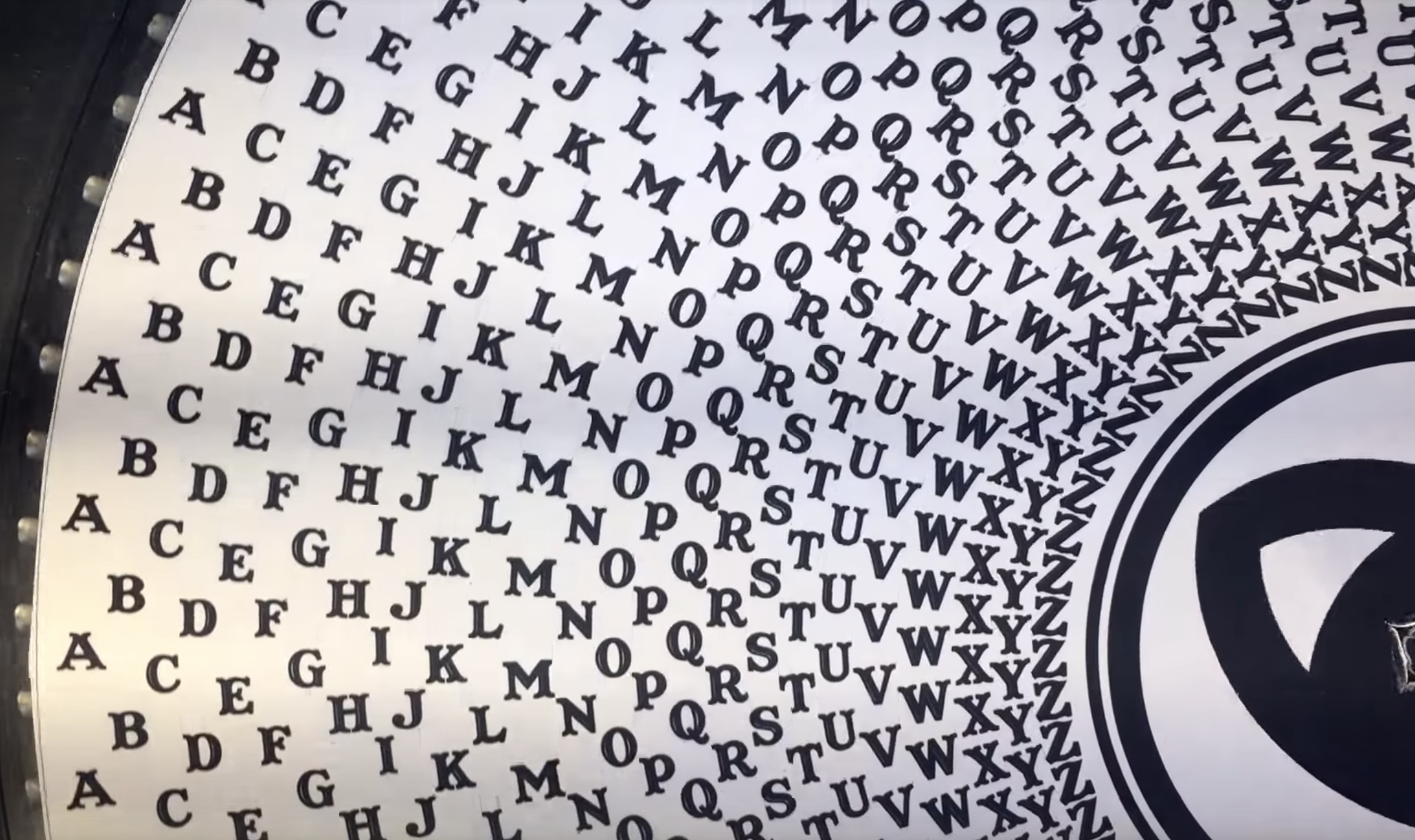Commissioned by producer L’Orange, the music video for his song “The Everyday Illusion” was created by Drew Tetz. The video focuses on a record player onto which many different pieces are placed. Each piece resembles a vinyl record in shape and size, and when spun on the turntable produces an animation using the phenakistoscope technique.
Although the phenakistoscope was developed in the 1830’s, its application on records did not hit the commercial market until the 1950’s¹.Red Raven Records began production of a series of eight-inch vinyls with miniature phenakistoscopes printed on them. A mirror would be placed in the center of the turntable atop the record to view the animation that had been printed on each piece.
While Tetz’s video uses a similar technique, the animation is meant to be viewed directly on the record instead of through a mirror. While this makes some qualities of the animation harder to achieve, Tetz’s use of printed image and spinning objects makes it incredibly successful. Because the turntable spins from a central axis, outward-spiraling motion is easiest to achieve and static motion becomes much more of a challenge.
I am most intrigued by the use of text in this project and how full strings of letters are manipulated through movement. I think that this medium and the challenges it produces in creating certain types of animation allows for artists to be particularly creative in trying to come up with new methods of combatting these restrictions. In addition, I think that it is incredibly beautiful to have a finished product that can be viewed as a standalone piece. However, with the addition of motion, that standalone piece can morph and become an entirely different thing.
1: https://www.discogs.com/label/904620-Red-Raven-Movie-Records

